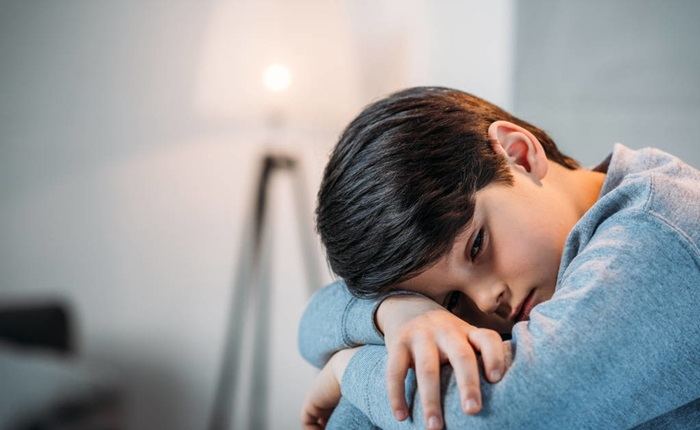Persistent Sadness
One of the most well – known signs of depression is a persistent feeling of sadness that doesn’t seem to have an obvious external cause or that lingers for an extended period. This sadness is often described as a heavy, dull ache that can pervade a person’s entire day and may be accompanied by crying spells. It’s not the kind of fleeting sadness that one might experience after a minor disappointment, but a deep – seated, unshakable melancholy.
For example, a person with depression might feel sad for weeks or months on end, without any relief from positive events that would typically cheer others up. They might feel a sense of hopelessness, as if their situation will never improve and that there’s no point in trying to make changes.
Loss of Interest and Pleasure
Anhedonia, or the inability to experience pleasure from activities that were once enjoyable, is a hallmark sign of depression. This could include hobbies like reading, painting, or sports, or even social activities such as going out with friends or spending time with family. A depressed person might find no joy in things they used to love and may even avoid these activities altogether.
For instance, someone who was an avid golfer might suddenly stop going to the golf course and feel no excitement or motivation to play, even when invited by friends. They might also have difficulty concentrating on tasks that they previously found engaging, such as work – related projects or academic studies.
Physical and Behavioral Signs of Depression
Changes in Sleep Patterns
Depression often manifests in disrupted sleep. This can take the form of insomnia, where a person has difficulty falling asleep or staying asleep throughout the night. They might lie in bed for hours, their mind racing with negative thoughts. On the other hand, some individuals with depression experience hypersomnia, which is excessive sleeping. They might feel constantly tired and find themselves sleeping for long hours during the day and still feeling fatigued.
These changes in sleep patterns can have a significant impact on a person’s daily life and overall well – being. For example, a person with insomnia due to depression may struggle to function at work or school the next day due to lack of rest, while someone with hypersomnia might miss out on important social or work opportunities because they’re constantly in a sleepy state.
Appetite and Weight Changes
There can be significant alterations in appetite among those with depression. Some individuals experience a loss of appetite and may lose weight as a result. They might have to force themselves to eat even a small amount of food and find the act of eating unappealing. In contrast, others may have an increased appetite, often referred to as emotional eating, and gain weight.
These changes in eating habits are not simply about enjoying food less or more. They are often related to the emotional turmoil and hormonal imbalances that come with depression. For example, a person might turn to food as a form of comfort during a depressive episode, leading to overeating and subsequent weight gain.
What Is Not a Sign of Depression
Occasional Bad Mood
Having a bad mood from time to time is a normal part of human experience and is not a sign of depression. Everyone has days when they’re grumpy, irritable, or in a funk due to a variety of reasons such as a stressful day at work, a minor argument with a loved one, or lack of sleep. These short – lived emotional states usually pass relatively quickly, especially when the external stressor is removed or resolved.
For example, if someone is in a bad mood because they got stuck in traffic and missed an appointment, but then feels better after a few hours or once they reschedule the appointment, this is not indicative of depression. In depression, the negative mood is persistent and doesn’t simply dissipate with the resolution of a single, minor stressor.
Temporary Lack of Interest in an Activity
A short – term lack of interest in a particular activity is not the same as the anhedonia seen in depression. There are many reasons why a person might lose interest in something for a short period. It could be due to overexposure to the activity, a change in circumstances, or simply a lack of novelty.
For instance, a person who loves watching a particular TV show might lose interest after binge – watching several seasons in a row. But this doesn’t mean they’re depressed. In contrast, a depressed person would lose interest in a wide range of activities and this lack of interest would persist over time and across different contexts.
Conclusion
It’s crucial to accurately identify the signs of depression to ensure that those who need help receive it. While occasional bad moods and temporary lapses in interest are normal, persistent sadness, anhedonia, disrupted sleep, and appetite changes are among the many signs that could indicate a more serious depressive disorder. Understanding these distinctions can help both individuals and their loved ones recognize when professional help might be needed.
Related topics
Can Depression Be Caused By A Chemical Imbalance?
How To Fight Depression Fatigue-Self-Redemption
Is Loss Of Appetite A Sign Of Depression?


